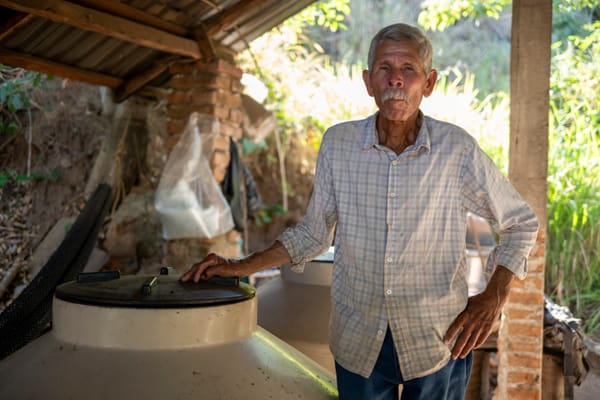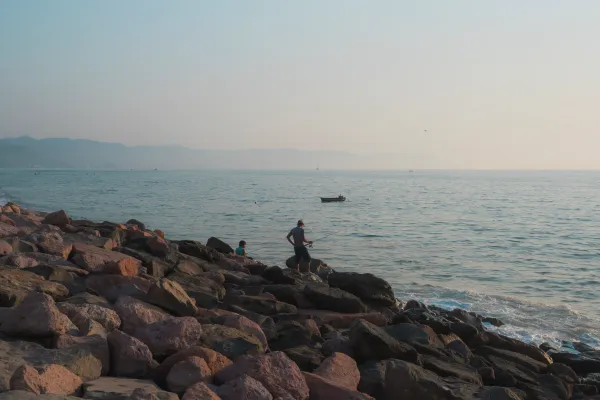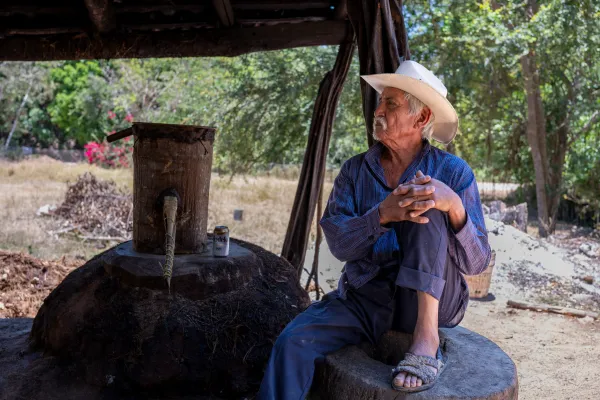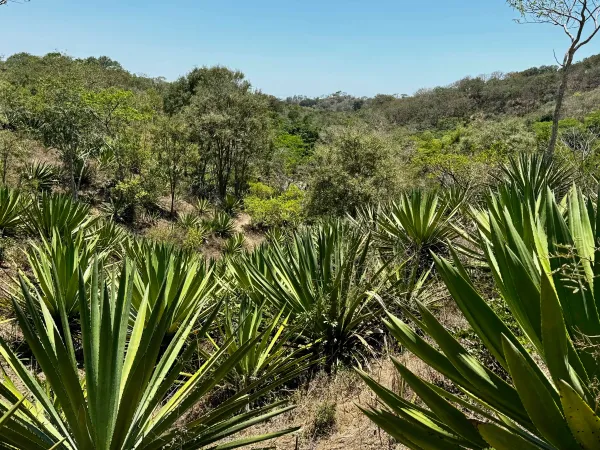What is Amaro? Demystifying the Italian Herbal Liqueur
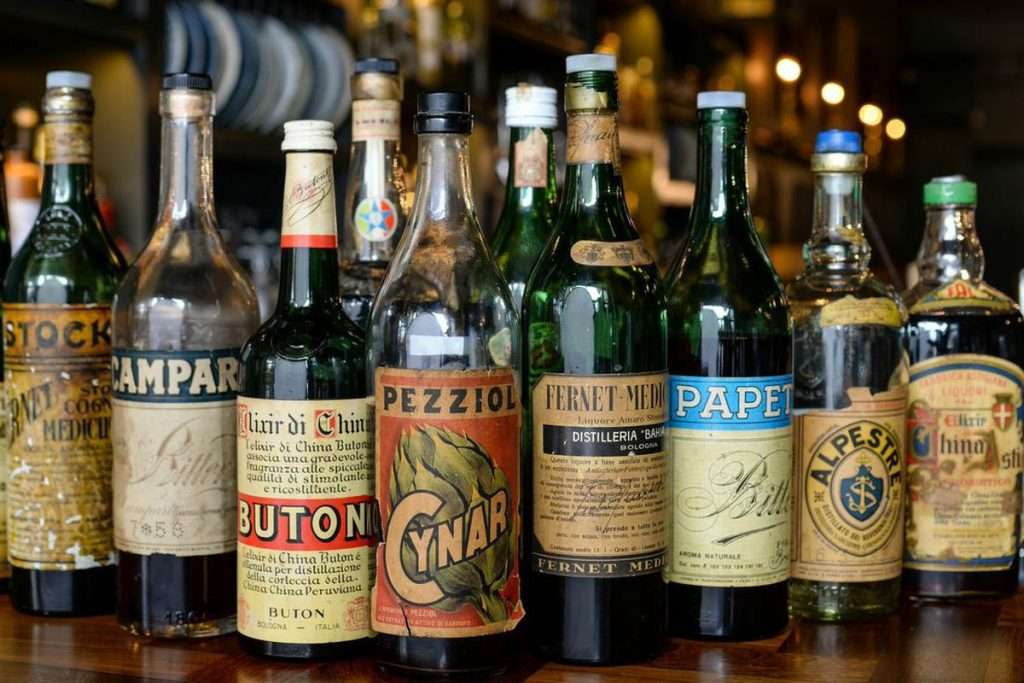
You walk into that new, hipster-looking bar that just opened up in your neighborhood. The bartenders are carefully grinding fresh nutmeg over their cocktails, looking dapper as hell in their waxed canvas aprons. Behind them, an impressive wall of backlit bottles. Some look familiar, others more exotic. If you look close enough, you’ll probably find some art deco adorned bottles with vaguely familiar Italian words.
I have to confess, it took me a while to get travel to Italy; it was a glaring hole in my world travels for a while. But even though I just recently went to Italy, I’ve long had an appreciation for one of the most underrated spirits out there – amaro. The history and geographically unique nature of the spirit is incredibly intriguing. Not to mention it’s delicious.
If you haven’t tasted an amaro on its own, you’ve likely had a cocktail that features one. On the lighter side, think an Aperol Spritz, and on the more, booze forward side, the Negroni. Vastly different cocktails and flavor profiles, but both make use of the unique qualities of amaro.
If it wasn’t for COVID, I probably would’ve been sipping amaro all the way from the Cinque Terre to the Italian Alps earlier this year. So I figured I’d write about it instead.
What is amaro?
Amaro (plural is amari) is a relatively broad category of bitter Italian spirits, typically made by infusing and/or re-distilling botanicals, barks, fruits, nuts, spices in a neutral base spirit (or wine). And that’s about as unanimous as the definition gets. After that, it can get a bit contentious. The definition mostly leans on traditions and history rather than strict regulations.
Where did amaro come from?
It’s hard to say precisely when the first amaro was made, but it’s relatively safe to say around the 13th century. As distillation and the “elixir of life” came to Italy from the middle east, the spice trade routes were also flourishing. It wasn’t too long until the Italians started adding spices and herbs from their surroundings to alcohol.
Monasteries throughout Southern Italy begin to add all sorts of ingredients in various combinations. Soon doctors started using these concoctions medicinally to cure ailments of the time. Recipes were continuously being refined and perfected over the years. Soon, they became a staple of Italian culture. Catherine de Medici is widely credited with bringing amaro to the rest of Europe when she married Henry II of France.
The different types of amaro?
What makes amaro unique is the number of varieties that are out there. Recipes are often sacred and have been kept secret for generations. But broadly speaking, you can break them down into a few styles:
Light – lighter in color, pretty heavy on the citrus. The approachable Amaro Nonino sites in this category.
Medium – medium-bodied, balances the bitter, citrus, and sweet tastes well – something along the lines of an Amaro Montenegro.
Fernet – dark, deep colors and more bitter than most.
Alpine – made from alpine herbs. Think chamomile, wormwood, and juniper, to name a few.
Vermouth – made from a wine base, not grain alcohol like most amari.
Carciofo – made from artichokes.
Tartufo – made from black truffles.
China – made from cinchona bark.
Rabarbaro – made from rhubarb.
Nocino – made from walnuts.
Finocchietto – made from wild fennel.
I’m sure there are more out there, but these are likely the most notable you’ll come across.
Can you talk about terroir?
This seems to be a contentious point in the spirits and alcohol world. Terroir, typically used to describe wine, encompasses the environmental conditions, soil, and climate that give its unique characteristics. Though admittedly pretentious, are there any other words that can accurately and succinctly depict viticulture’s often intangible aspects?
Almost by definition, an amaro’s flavor is inextricably linked to the surrounding climate. At least in the original recipes, that is. From Northern Italy, you get the Amaro Braulio, which combines the likes of juniper, gentian, yarrow, wormwood, and chamomile, all alpine botanicals found near the village of Bormio. Similarly, Vecchio Amaro del Capo is made from peppermint, orange, anise, and licorice, all sourced from Southern Italy’s Calabria region.
So why can’t we talk about terroir in spirits? Many experts point to the distillation process stripping most of the fruit or vegetable’s flavors, making the final product unidentifiable (though Wigle Whisky begs to differ). But with amari, flavors can come from maceration post distillation, so the distinction between different bottles is inherently in the terroir.
How do you drink amaro?
As mentioned, amari were typically used medicinally. As the Italians refined them, they realized the barks and herbs used can often aid digestion, so some amari are meant to be consumed before (aperitivo) or after (digesitvo) meals, typically neat.
Nowadays, amari are still drank neat but also used in many of your favorite cocktails served at the hipster bar in your neighborhood. Just look for the seemingly obscure looking bottles or section of the menu.
If you want to try it out at home, take a look at the Paper Plane Cocktail recipe at the end of the post!
Amaro in the U.S.
My first introduction to amari made in the U.S. was Don Ciccio & Figli, a small-batch producer in Washington, D.C. Their outfit in D.C. is excellent, offering tastings and a small cocktail bar as well. Their Luna Aperitivo is their take on an Amaro Nonino, and the Amaro Don Fernet is akin to a Fernet Branca. The inventory doesn’t end there though, plenty of other liqueurs to chose from.
Highside Distilling in Washington state is another small batch amaro producer. They focus on the flavors and ingredients found in the Pacific Northwest. For example, their Amaro Mele uses a base distilled from Washington State apples, which are then re-distilled and macerated once again with a range of botanicals.
Try it out!
Paper Plane Cocktail
Ingredients
1.5 oz of Amaro Nonino
1.5 oz of Aperol
1.5 oz of bourbon
1.5 oz fresh lemon juice
Instructions
Shake over ice and serve in coupe glasses.

